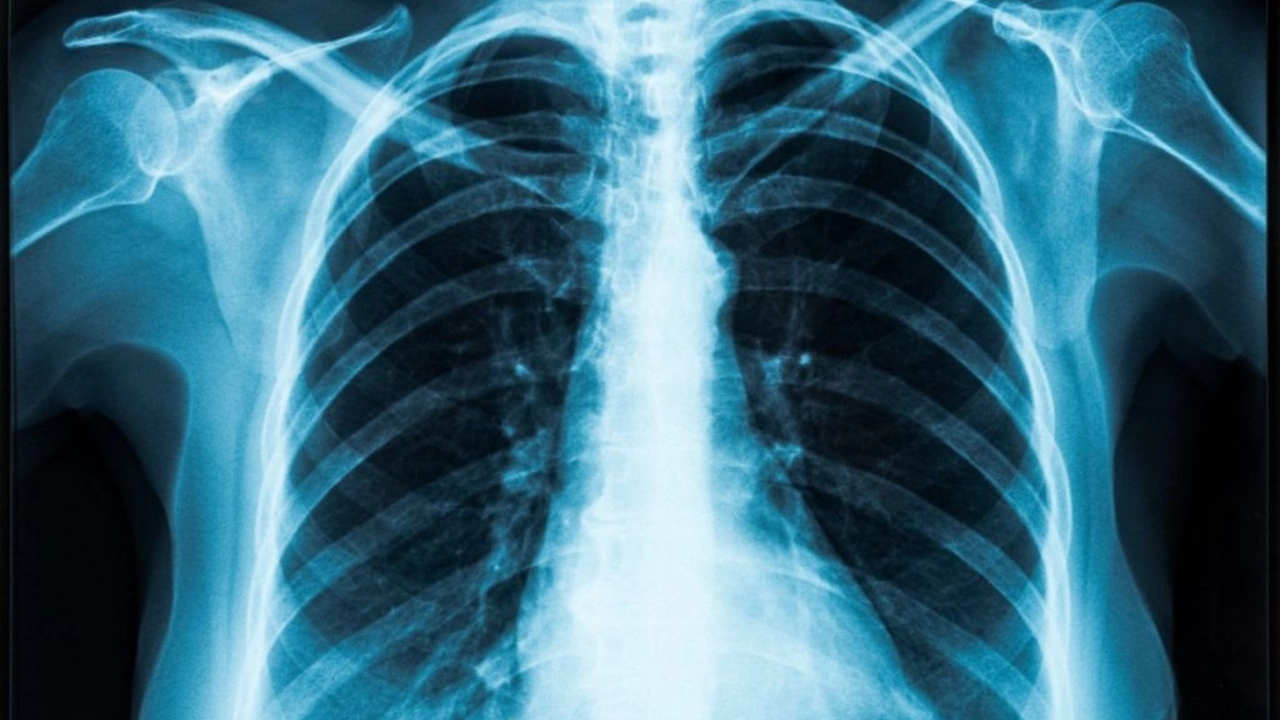
(You can have cannabis science content such as this delivered directly to your inbox. Simply sign up here for our weekly MJBiz Science newsletter.)
Marijuana and hemp regulatory bodies across the United States are shortsighted in their contaminant-testing requirements for cannabis and cannabis-derived products.
The expectation is that contaminants will be identified, quantified and effectively removed from the supply chain if the contamination is significant or exceeds specification levels.
However, sometimes the ingredients of a cannabis product are considered “safe” and within specifications but can still have dangerous or lethal consequences.
This is the case with concentrates that are used for vaporization.
Supra Research and Development in Kelowna, British Columbia, was commissioned in 2021 by the Oregon Liquor Control Commission to provide insight into the vaping-associated lung injury (EVALI) crisis in 2019 and 2020.
They researched products and byproducts when ingredients were exposed to the high temperature consistent with vaporization mechanisms.
Understanding the process requirements of concentrates and the potential for residual solvents, Supra referenced USP (467) residual solvents specifications and concentration limits for select solvents.
They prepared samples by encapsulating them in hermetically sealed, glass headspace vials, heated samples at a given temperature for five minutes, returned the sample to ambient temperature, then tested according to a residual solvent analytical method using headspace GC/MS.
Supra researchers incrementally increased the temperature and found as the temperature approached 300 Celsius, “almost all materials … fail,” meaning that USP (467) residual solvents exceeded specification limits.
Upon data analysis, they concluded that 240 Celsius should be the “highest temperature that any vaporization device should be set …” and further reported that cannabinoids and terpenes were effectively vaporized at 180 Celsius with little to no thermal degradation.
The Supra studies demonstrated the failures of three significant ingredients that contributed to the EVALI crisis:
- Vitamin E acetate (tocopherol acetate), which failed at 240 Celsius.
- Squalane, a moisturizing ingredient that thermally degrades to produce acetone, methanol, formic acid and acetic acid.
- Squalene, a terpene that is hydrogenated from squalane, is present in trace amounts in cannabis and is also used in the cosmetic industry as a moisturizing additive. Where squalane begins to degrade around 240 Celsius, squalene begins to degrade around 180 Celsius.
The concern about these results is that in isolation, squalane and squalene are generally regarded as safe (GRAS), but when they are exposed to high temperature, say to vaporize, the thermal degradation can yield dangerous and sometimes fatal results.
This example should spur significant discussion by two parties:
- Regulatory bodies should extend their scopes of testing to include generalized screening of toxins in finished products, rather than limit requirements for presence of contaminants in ingredients.
- Analytical standards organizations should extend their performance requirements of target analytes to include the intended use of those ingredients.
The vaping crisis has abundantly revealed the effects of the unknown.
Because we do not know what we do not know, regulatory bodies and scientific organizations should proactively address the effects of cannabis product manufacturing and, ultimately, cannabis product use, by requiring analytical screening methods in conjunction with typical testing manifests.
Susan Audino, who holds a doctorate in chemistry, is a chemistry consultant and instructor for the American Association for Laboratory Accreditation. She is based in Delaware.





